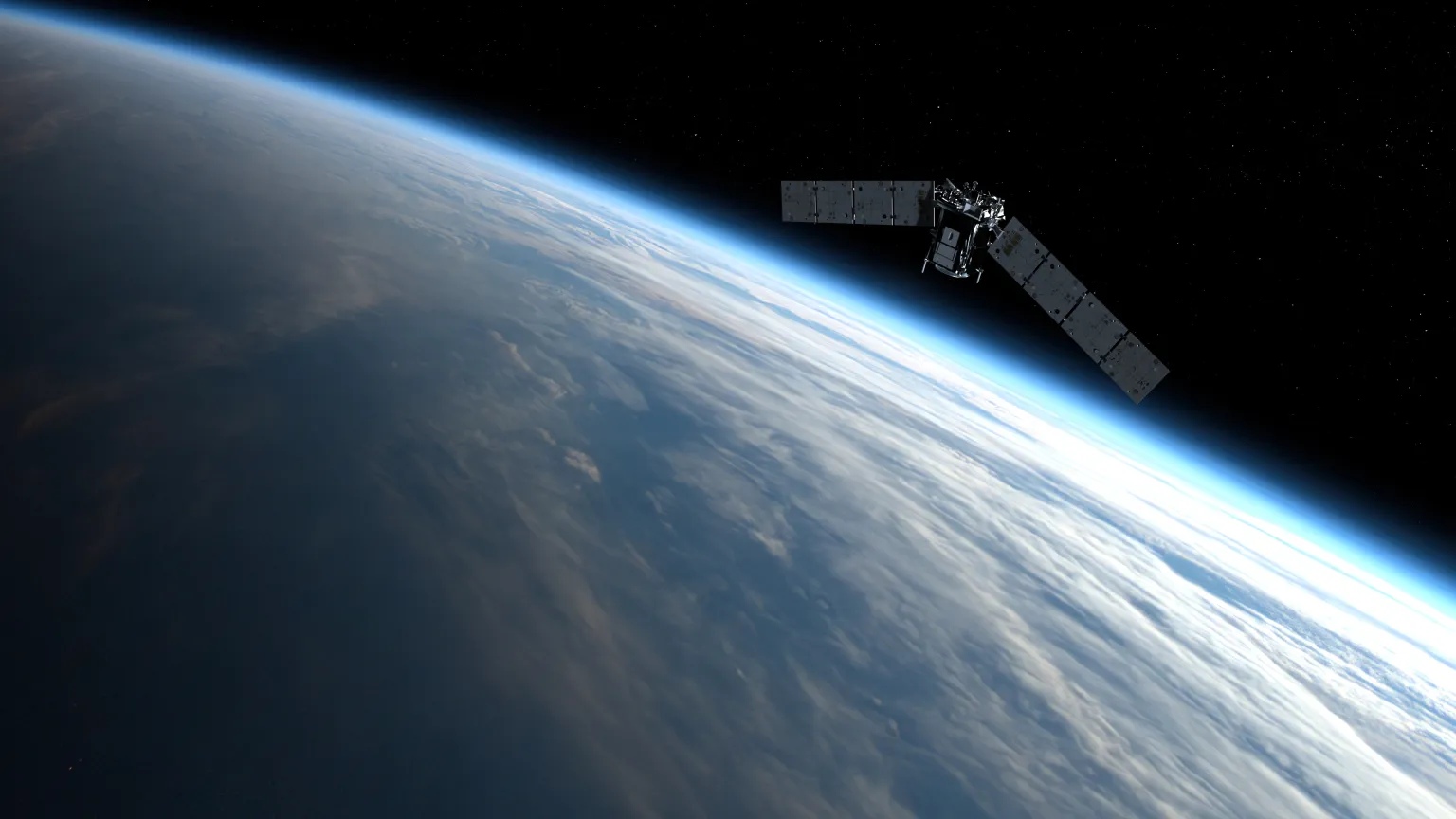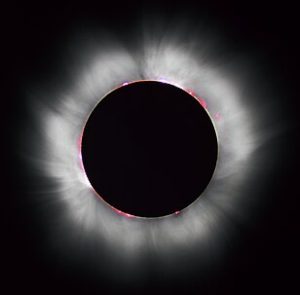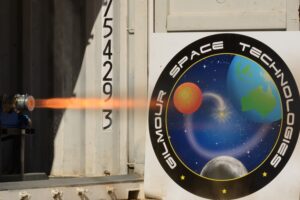Close Call! NASA Satellite Has Near Miss With Space Debris
3rd Mar 2024
In the increasingly busy space highways of Earth orbit, a NASA satellite called TIMED nearly collided with a defunct Soviet-era satellite. Whilst the space debris was on a close collision course, NASA confirmed that TIMED was narrowly missed.
The US Department of Defence was closely monitoring the satellite, which is non-maneuverable, to observe the final outcome. Which was ultimately, a very close call indeed. The avoided collision has highlighted how proliferating space junk continues to create a problem for the global space sector.
In a statement, NASA said: “Although the spacecraft are expected to miss each other, a collision could result in significant debris generation. NASA and the Department of Defense will continue to monitor the situation.”
Timeline of Events: NASA’s TIMED Near Death Experience
NASA’s Thermosphere Ionosphere Mesosphere Energetics and Dynamics spacecraft, or TIMED for short, has been surveying Earth’s atmosphere since late 2001. Its primary job is to study the “influence of the Sun and human activity on Earth’s mesosphere and lower thermosphere/ionosphere”, NASA said.
On 28th February, the TIMED mission was almost cut short. In the early hours of Wednesday morning, a Russian Cosmos 2221 satellite was identified as being too close for comfort. Despite Earth’s technology being as advanced as it is, scientists were unable to assure that the collision wouldn’t happen.
However, the agency later confirmed that “TIMED is functioning”. NASA stated: “while the two non-maneuverable satellites will approach each other again, this was their closest pass in the current predicted orbit determinations, as they are gradually moving apart in altitude.” The collision course was averted by <20 metres according to satellite monitoring company LeoLabs when they outlined the situation on X.
Are Close Space Debris Clashes An Ongoing Reality?
Concerns surrounding space debris remain topical as agencies and governments work to solve the ongoing space junk problem. In September 2023, there was an actual collision when an inoperational Russian satellite crashed into other in-orbit debris.
Again, there was another near miss in May 2023, when a Chinese satellite all but made contact with a different defunct Russian satellite. This 30m miss engendered calls for the UK government to start addressing space debris as a priority.
Soberingly, in May 2022, the European Space Agency (ESA) counted upwards of 31,000 pieces of small satellite debris still in Earth’s orbit. As such, more commercial and government agencies are continuing to fund space debris deorbiting missions to clean up space.
Cleaning Up Space
In January this year, Australia and Japan inked a deal to explore possibly destroy debris using lasers. Additionally, sustainability-focused, Astroscale, are developing their ELSA-M servicer that will work to remove space junk from Earth’s orbit.
The UK has also made previous notions to clean up space, with the UK Space Agency actively funding deorbiting initiatives. ESA have also jumped onboard with their Zero Debris Charter, and have made recent updates to their space sustainability policies.
However, it’s only a matter of time until an operational satellite is destroyed due to space debris. Worryingly, recent studies have also shown that space junk is adversely affecting Earth’s pollution levels. Therefore, the spate of near-misses is sure to be a wake-up call to promptly ramp up missions to clean up space.







Thank you for your comment! It will be visible on the site after moderation.